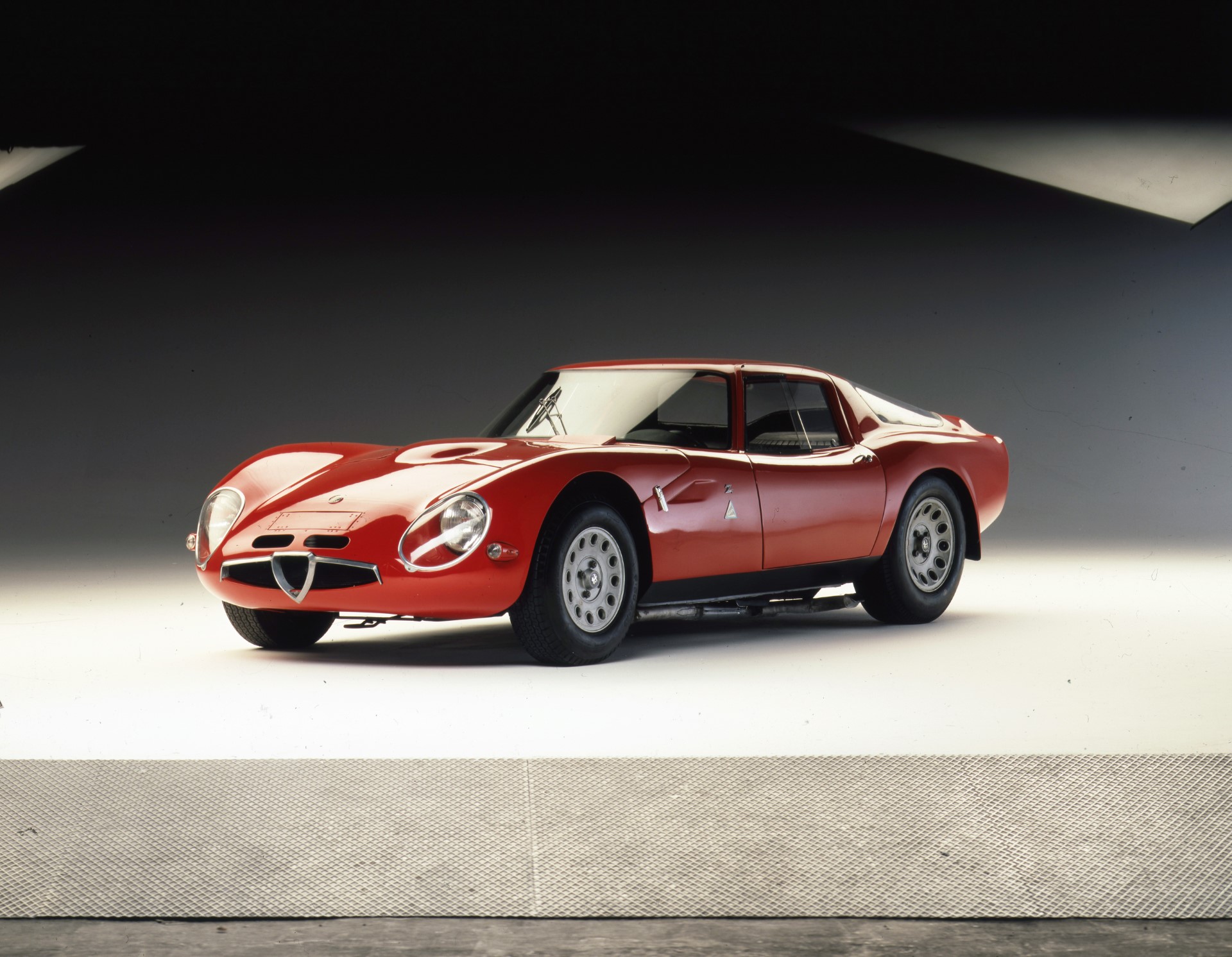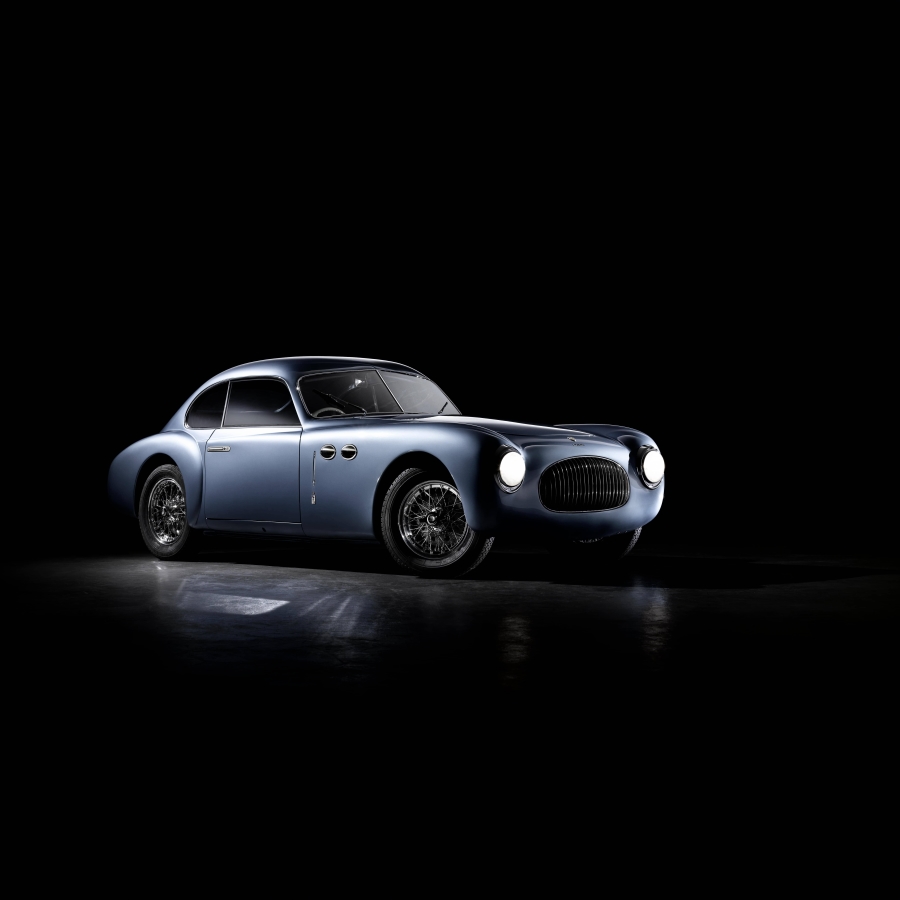Duet in design: The Sixties
19 August 2023 2 min read 2 images

How Pininfarina and Zagato revolutionised the shape of the automobile.
Register to unlock this article
Signing up is free and gives you access to hundreds of articles and additional benefits. See what’s included in your free membership. See what's included in your free membership.
Already have an account? Log In


